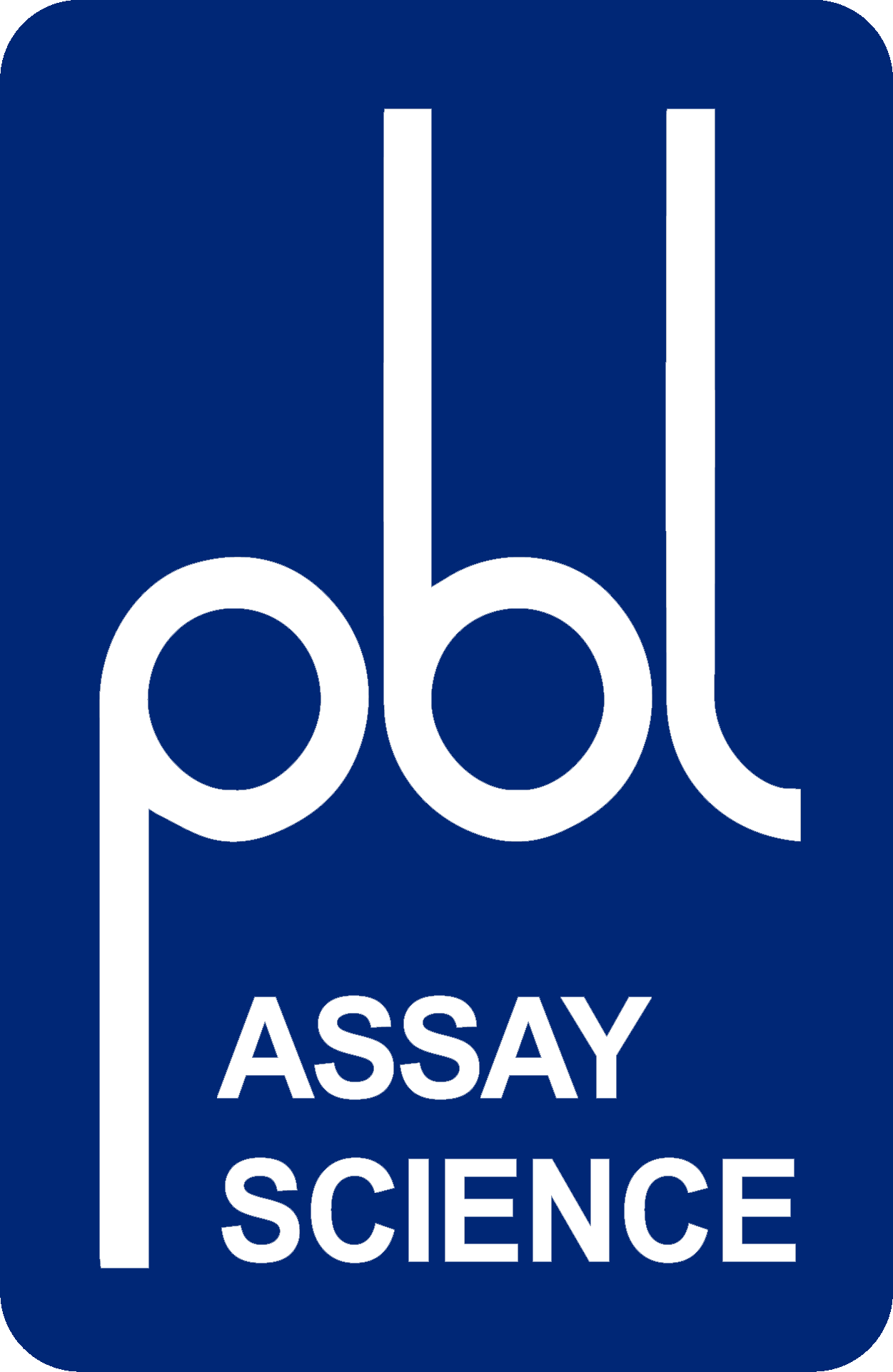Mouse IFN-Alpha 4, mammalian
Catalog Number: 12115
Recombinant Mouse Interferon Alpha 4 protein expressed in mammalian cells.
$420.00
Product Info
Mouse IFN-Alpha 4 is a widely expressed mouse IFN-Alpha which may play a role in preparing cells to express high levels of other mouse interferon alpha subtypes upon viral infection.
- Exhibits higher antiviral potency than Mouse IFN-Alpha A in standard CPE assay
- Authentic sequence provides a better model of native Mouse IFN-Alpha 4
- Member of Mouse Type I IFN with early endogenous expression
Specifications
| Formulation | Supplied frozen in phosphate-buffered saline (PBS) containing 0.1% Bovine Serum Albumin (BSA) |
|---|---|
| Molecular Weight | 19.5 kDa |
| Source | Gene obtained from Murine (C57/BI) DNA expressed in mammalian cells |
| Purity | > 95% by SDS-PAGE stained by Coomassie Blue Endotoxin level < 1 EU/μg |
| Bioactivity | Measured using a cytopathic inhibition assay on Mouse (L929) cells with EMCV. The EC50 for IFN in this assay is ~ 5 U/ml. |
| Storage | For retention of full activity store at -70oC or below and avoid repeated freeze/thaw cycles |
| Synonyms | Mu IFN-α4, Mouse IFN Alpha Subtype, Mouse IFN Protein Subtype, Interferon Alpha, IFN Alpha, IFN-a, Type I IFN Alpha |
| Accession Number | NM_010504 |
Tech Info & Data
Background
Mouse IFN-Alpha 4 was initially cloned by Zwarthoff et al. [(1985) Nuc. Acids Res. 13(3)791], and has been extensively studied. It is apparently expressed early in viral infection in a protein synthesis independent manner, and its expression is induced by phosphorylation of IRF-3. It may be that Mouse IFN-Alpha 4, like IFN Beta, has a priming function on cells, enabling the expression of other Mouse IFN-Alpha subtypes [Review by Mesplede et al., (2003) Autoimmunity 36(8):447 and Asselin-Paturel & Trinchieri (2005) J. Exp. Med. 202(4):461]. Thus, this interferon is among the first observed after viral infection. Intriguingly, while this interferon is expressed in a large variety of cell types, one report suggests that the expression level in dendritic cells is low to non-existent [Barchet et al., (2002) J. Exp. Med. 195(4):507].
Summary: Mouse IFN-Alpha 4 is a widely expressed mouse IFN-Alpha which may play a role in preparing cells to express high levels of other mouse interferon alpha subtypes upon viral infection.
For more information on Mouse IFN-Alpha subtype nomenclature click here.
Citations
8 Citations
- Li, N. et al., (2023), "STING controls opioidinduced itch and chronic itch via spinal tank-binding kinase 1-dependent type I interferon response in mice", J. Neuroinflammation, 20(1):101, PMID: 37122031, DOI: 10.1186/s12974-023-02783-0 (link)
- Lee, J.V. et al., (2022), Combinatorial immunotherapeuties overcome MYC-driven immune evasion in triple negative breast cancer, Nat. Commun., 13(1):3671, PMID: 35760778, DOI: 10.1038/s41467-022-31238-y (link)
- Throm, Allison, et al. (2018). Dysregulated NK Cell PLC-gamma-2 Signaling and Activity in Juvenile Dermatomyositis. JCI Insight, 14 pgs. PMID: 30429375. (link)
- Wang, Kuan-Chung (2018). Dichotomy of TNF Family Ligands Expression on Classical Dendritic Cells and Monocyte-Derived Antigen Presenting Cells During Viral Infection. University of Toronto, 92 pgs. PMID: no PMID. (link)
- Kalkavan, Halime, et al. (2017). Spatiotemporally Restricted Arenavirus Replication Induces Immune Surveillance and Type I Interferon-Dependent Tumour Regression. Nature Communications, 14 pgs. PMID: 28248314. (link)
- Shaabani, Namir, et al. (2016). CD169+ Macrophages Regulate PD-L1 Expression via Type I Interferon and Thereby Prevent Severe Immunopathology After LCMV Infection. Cell Death Differentiation Association, 10 pgs. PMID: 27809306. (link)
- Hu, MM, et al. (2015). TRIM38 Negatively Regulates TLR3/4-Mediated Innate Immune and Inflammatory Responses by Two Sequential and Distinct Mechanisms. Journal of Immunology, 12 pgs. PMID: 26392463. (link)
- Levy, David (2002). Whence Interferon? Variety in the Production of Interferon in Response to Viral Infection. JEM, 4 pgs. PMID: 11854366. (link)
References
- Van Pesch et al. 2004.
- Zwarthoff et al. (1985) Nuc. Acids Res. 13(3) 791.
- Mesplede et al. (2003) Autoimmunity 36(8):447.
- Asselin-Paturel & Trinchieri (2005) J. Exp. Med. 202(4):461.
- Barchet et al. (2002) J. Exp. Med. 195(4):507.


